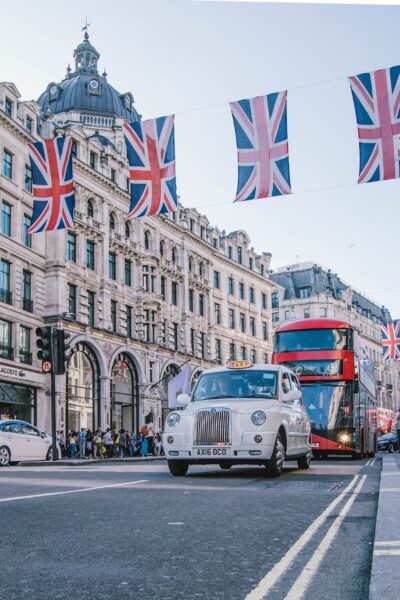An additional 131 air quality sensors are to be installed at hospitals, schools and other priority locations in the capital, boosting Londoners’ access to reliable data about air pollution in their local area. This will bring the capital’s total to 322 sensors.
The sensors monitor in real-time the effects of toxic pollution, including high levels of nitrogen dioxide (NO2) which aggravates respiratory diseases.
The Breathe London Network, managed by Imperial College London and funded by the Mayor of London and Bloomberg Philanthropies and the boroughs, is an important step to raise awareness of air pollution.
Air pollution is often more concentrated close to the source of emissions, such as traffic. This means that exposure and its health impacts are not distributed evenly across London.

Poor air quality stunts the growth of children’s lungs and worsens chronic illnesses such as asthma, lung and heart disease.
A landmark study of the impact of London’s air pollution found children growing up in the capital and exposed to air pollution showed significantly smaller lung volume, with a loss of approximately five per cent in lung capacity.
Tackling London’s Toxic Air
A study by Imperial College London’s Environmental Research Group, commissioned by City Hall via Imperial Projects, has found that the Mayor’s air quality policies and wider improvements in air pollution will increase the average life expectancy of a child born in London in 2013 by six months.
The Mayor of London is also set to expand the world’s first Ultra Low Emission Zone (ULEZ) up to the North and South Circular roads this October.
An estimated 3.8 million Londoners live in the expanded ULEZ zone and are set to directly benefit from the scheme when it comes into operation in October. Patients and staff at the Royal London – which is home to one of the largest children’s hospitals in the UK and has one of London’s busiest paediatric A&E departments – are also set to benefit as it is situated within the expansion zone.
The expanded zone covers an area 18 times larger than the existing ULEZ and will affect older, more polluting vehicles that don’t comply with strict emission standards. Although around 80 per cent of cars are already thought to be compliant, it is estimated that 100,000 cars, 35,000 vans and 3,000 lorries could be affected by the expanded zone and tighter standards every day. ULEZ expansion warning signs are being put up around the North and South Circulars to help inform motorists of the forthcoming changes following extensive awareness campaigns.
World-leading measures, including the central London ULEZ, had already cut the number of state schools located in areas with illegal levels of pollution by 97 per cent – from 455 schools in 2016 to just 14 in 2019.
Meeting Recommended Guidelines
While significant progress has been made, with a substantial reduction in the number of Londoners living in areas exceeding legal limits for NO2, tens of thousands of Londoners still breathe illegally polluted air and 99 per cent of Londoners live in areas exceeding the World Health Organization (WHO) recommended guidelines for PM2.5, which are much tighter than the legal standards.

Research shows that those exposed to the worst air pollution are more likely to be deprived Londoners and from Black, Asian and Minority Ethnic communities. There is also emerging evidence linking air pollution with an increased vulnerability to the most severe impacts of COVID.
The ULEZ expansion is a key step towards meeting the more stringent health-driven World Health Organization guidelines for toxic particulate pollution by 2030.
Dr Gary Fuller, Senior Lecturer from the School of Public Health at Imperial College London, said, “The new Breathe London network of sensors across the city’s boroughs will help communities to understand the invisible air pollution that surrounds them. The air pollution that we breathe each day is estimated to be responsible for the early deaths of around 4,000 Londoners in 2019. Having a healthy city to live in is essential to London’s future. Action needs to be underpinned by sound science; to design polices, track outcomes and provide clear information to the public.”
Asthma UK and the British Lung Foundation have welcomed the news of an additional 131 air quality sensors being installed in London, and have urged the rest of the UK to follow suit.
“People with asthma and other lung conditions are among those most at risk from air pollution, which can trigger life-threatening asthma attacks or COPD flare-ups,” commented Zak Bond, Policy Officer (Air Quality) at Asthma UK and the British Lung Foundation. “By knowing more about the levels of air pollution at places where vulnerable groups have to be, we can take steps to protect them, which is why we welcome the mayor’s plans to grow the Breathe London Network. There are nearly 3,000 hospitals and GP surgeries across the country in areas where the air is unsafe to breathe and so the government must support all local authorities to roll-out similar schemes.”
You can access real-time, user-friendly air quality data on the Breathe London website.



